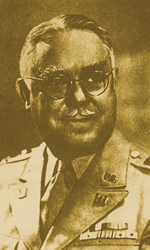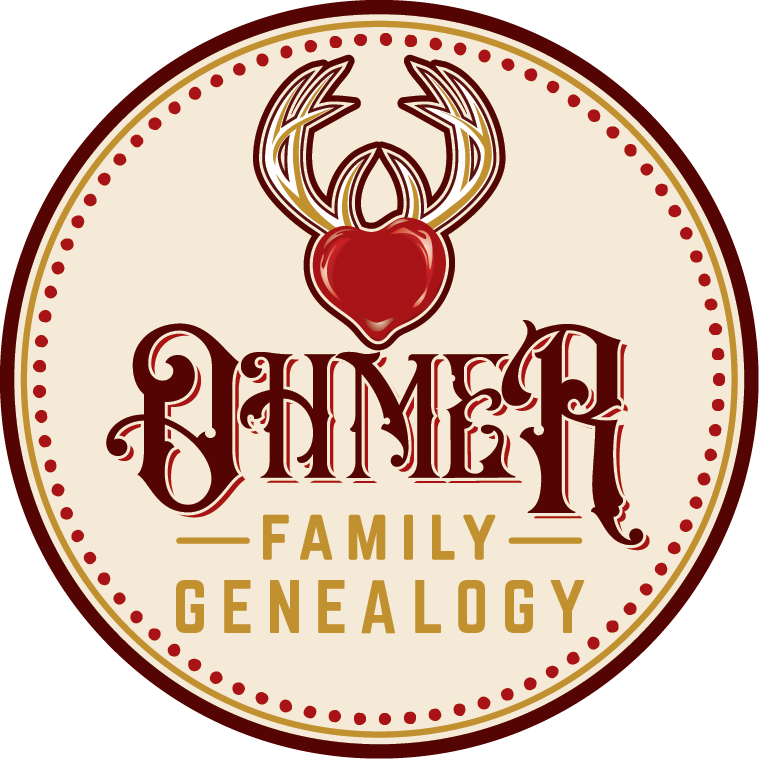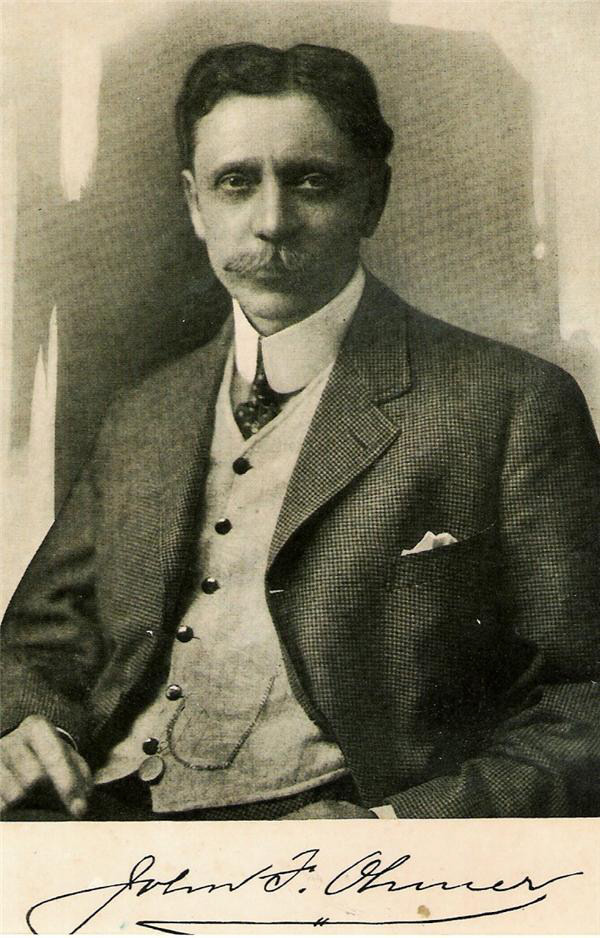
John Francis Ohmer, Jr., engineer, was born in Dayton, Ohio, July 3, 1891, son of John Francis and Anna Katherine (Beckman) Ohmer and grandson of Michael and Rose Marie (Welty”) Ohmer. His grandfather, a native of Alsace, France, came to this country in 1831 and settled in Dayton the following year. His father was a manufacturer and inventor. John F. Ohmer received his education at St. Marys Institute, Dayton, the University of Dayton, and Cornell University, where he was graduated M.E. in 1913. Joining the Ohmer Fare Register Co...
Read More


 |
| 






